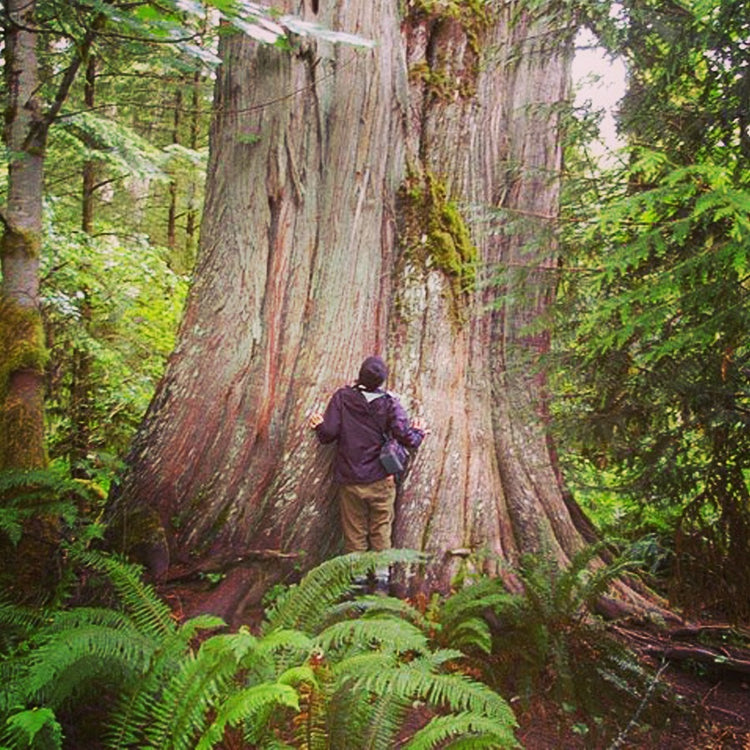![How to Start a Coffee Shop in 2025: Complete Guide [Cost & Steps]](http://savingsgrove.com/cdn/shop/files/how-to-start-a-coffee-shop_pinterest_pin_style11.jpg?v=1761696133&width=800)
Starting a coffee shop can be an exciting and profitable venture, with the US coffee shop market expected to reach $81.1 billion by 2028, according to Fortune Business Insights.
How to Start a Coffee Shop in 2025: Complete Guide [Cost & Steps]
This comprehensive guide will walk you through the essential steps to open your own successful coffee shop, from planning to execution.
Initial Investment and Startup Costs
According to the Small Business Administration, the average cost to open a coffee shop ranges from $80,000 to $300,000. Here's a detailed breakdown:
- Commercial espresso machine: $15,000 - $40,000
- Coffee grinders: $500 - $2,500 each
- Initial inventory: $5,000 - $8,000
- Kitchen equipment: $20,000 - $40,000
- POS system: $2,000 - $4,000
- Licenses and permits: $5,000 - $7,000
- Initial lease deposit: $5,000 - $15,000
- Working capital: $20,000 - $40,000
Expected Profits and Revenue Breakdown
Based on data from the National Coffee Association, here's what you can expect:
Daily Sales Potential
- Average customer spend: $6.50 - $8.50 per visit
- Average daily customers: 200 - 300 (busy location)
- Daily revenue: $1,300 - $2,550
- Daily profit (15% margin): $195 - $382
Monthly Profit Breakdown
Average monthly revenue: $38,000 - $73,000
Typical monthly expenses:
- Rent: $3,000 - $7,000
- Labor: $8,000 - $15,000
- Inventory: $7,600 - $14,600 (20% of revenue)
- Utilities: $1,000 - $1,500
- Marketing: $500 - $1,000
- Insurance: $300 - $500
- Miscellaneous: $1,000 - $2,000
Product Profit Margins
- Brewed coffee: 80-85% profit margin
- Cost per cup: $0.50-$0.75
- Selling price: $2.50-$3.50
- Espresso drinks: 70-80% profit margin
- Cost per drink: $0.90-$1.20
- Selling price: $3.50-$5.00
Steps to Open Your Coffee Shop

1. Business Planning and Research
Start with a solid business plan including:
- Market analysis
- Financial projections
- Marketing strategy
- Operational procedures
Consider taking courses from the Specialty Coffee Association for industry knowledge.
2. Funding Your Coffee Shop
Explore these funding options:
- Traditional bank loans
- SBA loans
- Equipment financing
- Investors or partners
- Personal savings
Check out our guide on smart ways to save money for business funding.
3. Location Selection
Key factors for choosing your location:
- High foot traffic areas
- Proximity to offices/schools
- Parking availability
- Competition analysis
- Lease terms and costs
4. Legal Requirements
Essential permits and licenses:
- Business license
- Food service permit
- Health department certificates
- Building permits
- Insurance coverage
5. Equipment and Supplies
You might want to explore our article on finding the best deals on business equipment for cost savings.
6. Menu Development
Essential menu items:
- Coffee drinks (hot and cold)
- Tea selections
- Pastries and snacks
- Seasonal specials
- Alternative milk options
7. Staffing and Training
Hiring needs:
- Experienced baristas
- Shift supervisors
- Kitchen staff (if applicable)
- Customer service personnel
Final Words
Starting a coffee shop requires careful planning, significant investment, and dedication. Success comes from combining quality products with excellent service while maintaining efficient operations and strong financial management.
Frequently Asked Questions About Starting a Coffee Shop
How much money do coffee shop owners make?
Coffee shop owners typically make between $60,000 and $160,000 annually, depending on the location, size, and efficiency of their operation. Successful shops in prime locations can earn more than $200,000 per year.
What is the profit margin for coffee shops?
Coffee shops typically operate with a net profit margin of 7-25%. Individual coffee drinks have margins of 70-85%, while food items usually have margins of 50-60%.
How much does it cost to start a small coffee shop?
A small coffee shop typically requires $80,000 to $300,000 to start. This includes equipment, initial inventory, licenses, permits, and working capital for the first few months of operation.
How do I attract customers to my coffee shop?
Attract customers through quality products, excellent service, loyalty programs, social media marketing, local partnerships, and creating a welcoming atmosphere. Consider special events and promotional offers during slower periods.

